This article was medically reviewed by Jonas DeMuro, MD. Dr. DeMuro is a board certified Pediatric Critical Care Surgeon in New York. He received his MD from Stony Brook University School of Medicine in 1996. He completed his fellowship in Surgical Critical Care at North Shore-Long Island Jewish Health System and was a previous American College of Surgeons (ACS) Fellow.
There are 10 references cited in this article, which can be found at the bottom of the page.
This article has been viewed 31,572 times.
Cauda Equina Syndrome (CES) is a medical emergency that requires immediate diagnosis and treatment. The more quickly treatment (via surgical decompression of the spinal cord) is received, the better the chances are that you will recover fully. In order to diagnose CES, it is key that you recognize the signs and symptoms and, if you are experiencing them, that you go to the Emergency Room immediately. Your doctor can then perform a series of diagnostic tests and evaluations that can confirm the diagnosis of CES, as well as pinpoint the underlying cause, so that it can be treated as soon as possible.
Steps
Recognizing Signs and Symptoms
-
1Watch for leg pain and/or trouble walking. Because Cauda Equina Syndrome (CES) affects the nerves at the bottom of your spinal cord, and because many of these nerves go to your legs, CES in the early stages may present as pain radiating down one or both legs, and/or trouble moving your legs or walking with the same ease as before.[1]
-
2See your doctor immediately if you are experiencing bladder and/or bowel dysfunction. If you cannot pass urine (i.e. it is accumulating in your bladder and you cannot urinate), go to the Emergency Room. If you cannot control your urine (i.e. are leaking urine involuntarily), this is another potential sign of CES.[2] Similarly, a sudden inability to control your bowels (such as inadvertently passing stool or leaking stool from your rectum) is a possible sign of CES. All of these warrant prompt medical attention and evaluation.Advertisement
-
3Notice if you are experience unusual challenges sexually.[3] If you are experiencing a rather sudden and unusual decrease in your sexual sensation, and/or your ability for erection and/or orgasm, this may be a potential sign of CES. Seek medical help immediately.
-
4Look out for numbness in the "saddle area." If you notice numbness in the "saddle area" (picture the area of your pelvis that would be in contact with a saddle if you were to sit on one), this area it is a "red flag" (worrisome) symptom and you need to see a doctor immediately. Numbness in the genital ("saddle") area is not normal, and may be a sign of impending (or already present) CES.[4]
-
5Pay attention to lower back pain. You may feel an aching and severe pain in your lower back, which can be debilitating. This is another red flag symptom and it may vary in intensity or grow slowly over time.[5]
-
6Be aware of loss of reflexes. You may find that your ankle and knee reflexes are diminished.[6] You may also experience deteriorating reflexes in the anus and bulbospongiosus muscle, located between the anus and the genitals.
-
7Consider whether you have had any recent "triggering incidents."[7] Oftentimes, CES follows an incident that causes trauma or another problem in the spinal cord. Things to be aware of that greatly increase your risk of CES include:
- A recent infection (it is possible that this may have spread to the spinal cord)
- Recent back surgery
- Recent back trauma, such as an accident or other injury
- A history of cancer (sometimes cancer metastases can spread to the spine leading to compression of the nerve roots)
-
8Go to the Emergency Room immediately if you notice any "red flag" symptoms.[8] If you are experiencing any of the symptoms described in this article — leg pain and/or trouble walking, severe back pain or pain or numbness in the saddle area, bladder and/or bowel dysfunction, diminished reflexes in the extremities, sudden changes in sexual function, triggering incidents — it is key that you go straight to the nearest emergency room immediately. Time spent waiting or hesitating is precious time lost that could cost you your long-term function and health.
Receiving Diagnostic Tests and Examinations
-
1Have your doctor perform a neurological exam. Your doctor will test your reflexes, your ability to move your lower limbs, your strength when he or she applies resistance to your leg muscles, and your sensation when he or she tests your skin with various objects. If any of these are abnormal, it may be an indication of potential Cauda Equina Syndrome (CES).[9]
- Your doctor may test your mobility and coordination by asking you to walk on your heels and toes.
- He or she will examine for pain when you bend forward, backward, and to each side.
- Your doctor will check your anal sensation and reflexes, as abnormalities here are key aspects of the diagnosis of CES.
-
2Obtain a CT or MRI.[10] If your symptoms suggest that you may have CES, it is key that you receive an imaging test (either a CT or an MRI) as soon as possible. The imaging test will allow the doctor to see your spinal cord, including the nerve roots, and to evaluate what, if anything, may be causing them to be compressed. Possible sources of spinal cord compression that may be detected on CT or MRI include:[11]
- A primary spine tumor or cancer metastases
- A herniated disc in your spine
- Bone spurs
- An infection that has gotten into your spinal cord
- A fracture of the spinal cord
- Narrowing of the spinal canal for any reason
- Inflammatory spinal disorders such as ankylosing spondylitis (inflammatory arthritis)
- Spinal hemorrhages
-
3Receive a myelogram.[12] In addition to standard CT or MRI imaging, you may also receive something called a myelogram. This is when contrast material is inserted into the cerebrospinal fluid in your spinal cord, and then an x-ray type image is taken.
- The contrast allows clear visualization as to whether there are any abnormalities or displacements in your spinal column.
- The myelogram may show herniated discs, bone spurs, or tumors, all of which may be responsible for causing CES.
-
4Receive neurologic nerve testing of the lower extremities. Neurologic tests can help confirm CES and should be undertaken as soon as possible. Your doctor may perform the following tests:
- Nerve conduction velocity (NCV) — This test will measure the speed of electrical impulse as it moves through the nerve. This test can determine if there is nerve damage and can how much.[13] The nerve will be stimulated by an electrode patch attached at one end and the electric impulse is recorded by another patch.[14]
- Electromyography (EMG) — This test is often done at the same time as an NCV and it measures the electrical activity in your muscles.[15]
Treating Cauda Equina Syndrome
-
1Receive emergency surgery. If you have been diagnosed with Cauda Equina Syndrome (CES), it is key to see a neurosurgeon for surgery immediately. The surgery needs to be performed within 48 hours of the onset of symptoms, if possible, and the sooner it is done the better.
- The surgery will consist of removing whatever material (such as a tumor, or an infection) that is compressing your spinal cord.[16]
- The goal is that, by treating the underlying cause (the cause of the spinal cord compression), the tension will be removed from your nerve roots, and you should hopefully be able to regain function.
-
2Prepare for the possible long-term consequences following CES.[17] Depending upon how quickly you received surgical treatment following the onset of symptoms, as well as the degree of neurological (nerve-related) compromise that occurred in your spinal cord, you may end up with residual long-term symptoms or disabilities following CES. These may include:
- Chronic pain — some people require long-term pain medications to ease ongoing nerve-related pain following CES.
- Bladder or bowel dysfunction — some people continue to struggle with bladder and/or bowel control, even after surgical resolution of their CES. (However, the good news here is that bladder and bowel function often improve in the years following surgery; it just may take longer to regain function than other affected areas.)
- Sexual problems — patients are often advised to see a sex therapist for help if they are struggling to regain sexual function.
- Motor problems — problems walking or performing other movement tasks, particularly with your lower limbs.
-
3Understand why it is key to seek treatment urgently. If you are experiencing the signs and symptoms of potential CES and fail to receive medical attention immediately, it may result in permanent paralysis of your lower limbs, permanent loss of sexual function and sensation, and/or chronically impaired bladder or bowel function. Needless to say, these are things you want to avoid! Therefore, if in doubt, go to your local Emergency Room for evaluation of your signs and symptoms to ensure that, if you are developing CES, it is treated and resolved as quickly as possible.[18]
References
- ↑ https://orthoinfo.aaos.org/en/diseases--conditions/cauda-equina-syndrome/
- ↑ https://www.aans.org/en/Patients/Neurosurgical-Conditions-and-Treatments/Cauda-Equina-Syndrome
- ↑ http://www.ncbi.nlm.nih.gov/pmc/articles/PMC3082683/
- ↑ https://my.clevelandclinic.org/health/diseases/22132-cauda-equina-syndrome
- ↑ http://www.aans.org/Patient%20Information/Conditions%20and%20Treatments/Cauda%20Equina%20Syndrome.aspx
- ↑ https://emedicine.medscape.com/article/1148690-clinical
- ↑ http://www.aans.org/Patient%20Information/Conditions%20and%20Treatments/Cauda%20Equina%20Syndrome.aspx
- ↑ http://www.aans.org/Patient%20Information/Conditions%20and%20Treatments/Cauda%20Equina%20Syndrome.aspx
- ↑ https://orthoinfo.aaos.org/en/diseases--conditions/cauda-equina-syndrome/
- ↑ http://www.ncbi.nlm.nih.gov/pmc/articles/PMC3082683/
- ↑ https://my.clevelandclinic.org/health/diseases/22132-cauda-equina-syndrome
- ↑ https://www.ncbi.nlm.nih.gov/books/NBK537200/
- ↑ https://medlineplus.gov/ency/article/003927.htm
- ↑ https://www.hopkinsmedicine.org/health/treatment-tests-and-therapies/nerve-conduction-studies
- ↑ https://www.hopkinsmedicine.org/health/treatment-tests-and-therapies/electromyography-emg
- ↑ https://orthoinfo.aaos.org/en/diseases--conditions/cauda-equina-syndrome/
- ↑ http://www.aans.org/Patient%20Information/Conditions%20and%20Treatments/Cauda%20Equina%20Syndrome.aspx
- ↑ https://my.clevelandclinic.org/health/diseases/22132-cauda-equina-syndrome
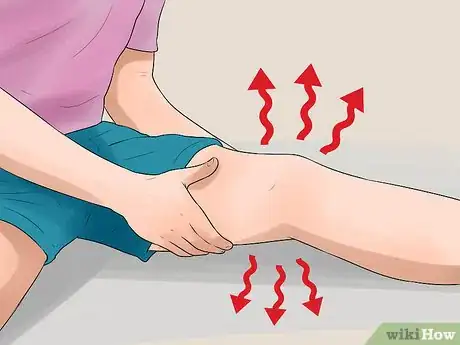
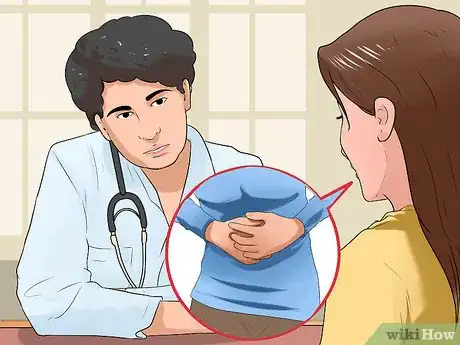

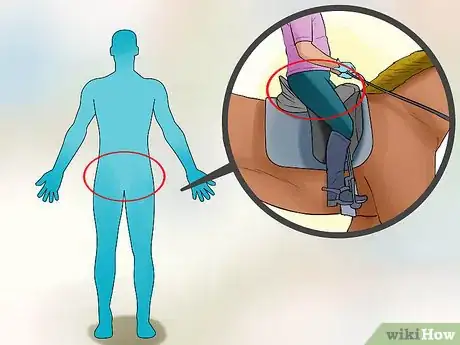

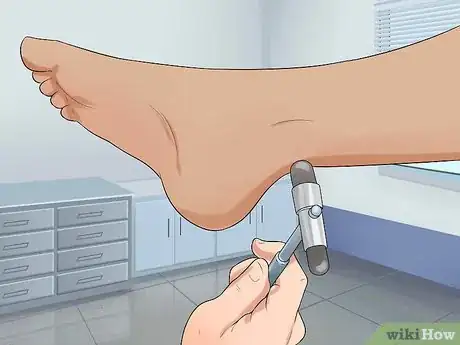


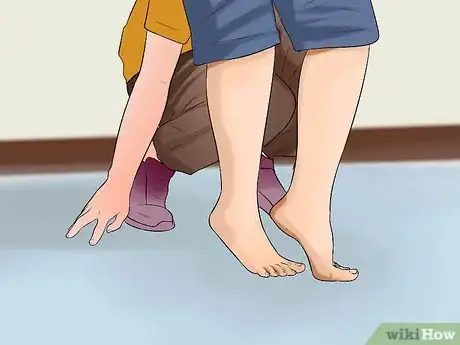
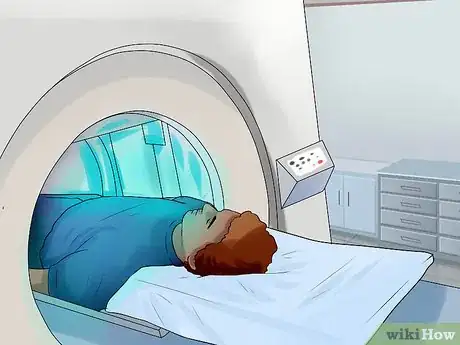
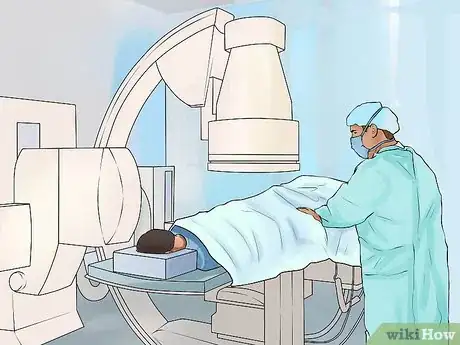



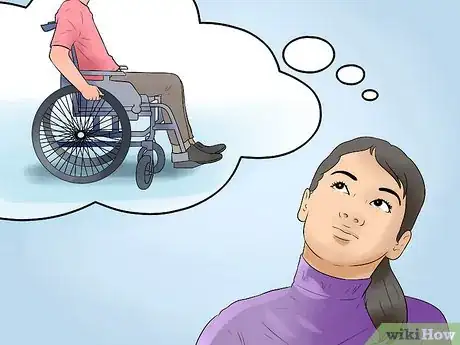





















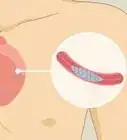




































Medical Disclaimer
The content of this article is not intended to be a substitute for professional medical advice, examination, diagnosis, or treatment. You should always contact your doctor or other qualified healthcare professional before starting, changing, or stopping any kind of health treatment.
Read More...